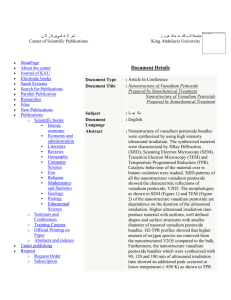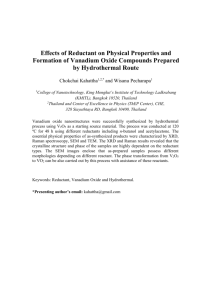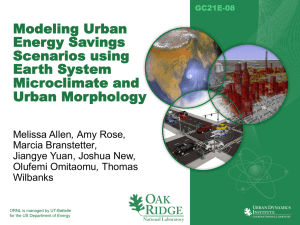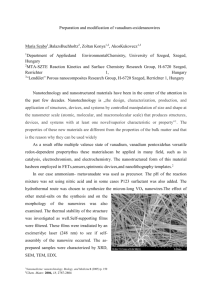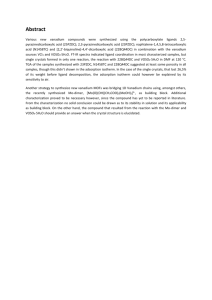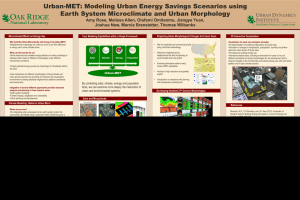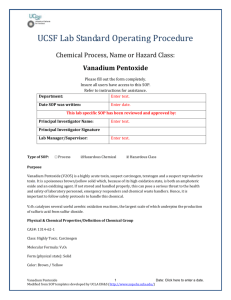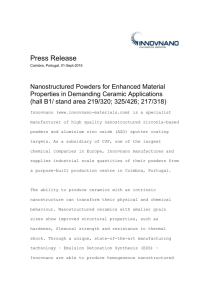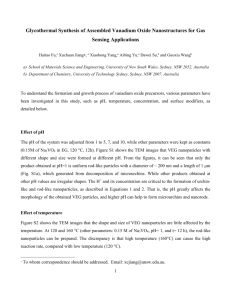Various morphologies of nanostructured vanadium pentoxide
advertisement
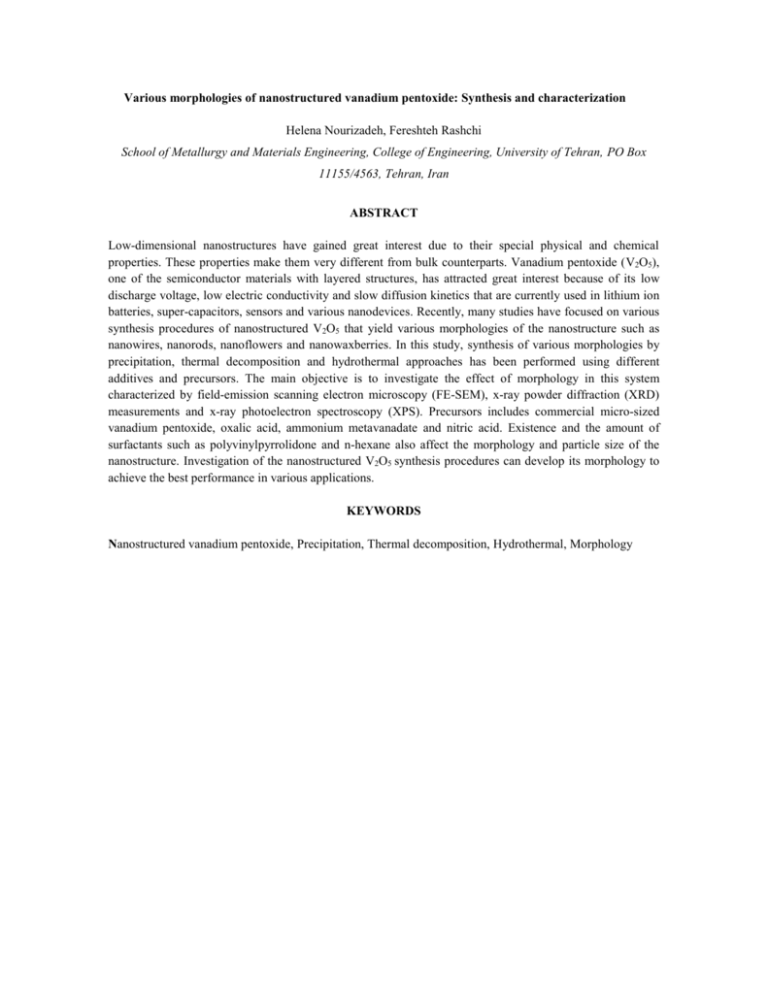
Various morphologies of nanostructured vanadium pentoxide: Synthesis and characterization Helena Nourizadeh, Fereshteh Rashchi School of Metallurgy and Materials Engineering, College of Engineering, University of Tehran, PO Box 11155/4563, Tehran, Iran ABSTRACT Low-dimensional nanostructures have gained great interest due to their special physical and chemical properties. These properties make them very different from bulk counterparts. Vanadium pentoxide (V2O5), one of the semiconductor materials with layered structures, has attracted great interest because of its low discharge voltage, low electric conductivity and slow diffusion kinetics that are currently used in lithium ion batteries, super-capacitors, sensors and various nanodevices. Recently, many studies have focused on various synthesis procedures of nanostructured V2O5 that yield various morphologies of the nanostructure such as nanowires, nanorods, nanoflowers and nanowaxberries. In this study, synthesis of various morphologies by precipitation, thermal decomposition and hydrothermal approaches has been performed using different additives and precursors. The main objective is to investigate the effect of morphology in this system characterized by field-emission scanning electron microscopy (FE-SEM), x-ray powder diffraction (XRD) measurements and x-ray photoelectron spectroscopy (XPS). Precursors includes commercial micro-sized vanadium pentoxide, oxalic acid, ammonium metavanadate and nitric acid. Existence and the amount of surfactants such as polyvinylpyrrolidone and n-hexane also affect the morphology and particle size of the nanostructure. Investigation of the nanostructured V2O5 synthesis procedures can develop its morphology to achieve the best performance in various applications. KEYWORDS Nanostructured vanadium pentoxide, Precipitation, Thermal decomposition, Hydrothermal, Morphology
